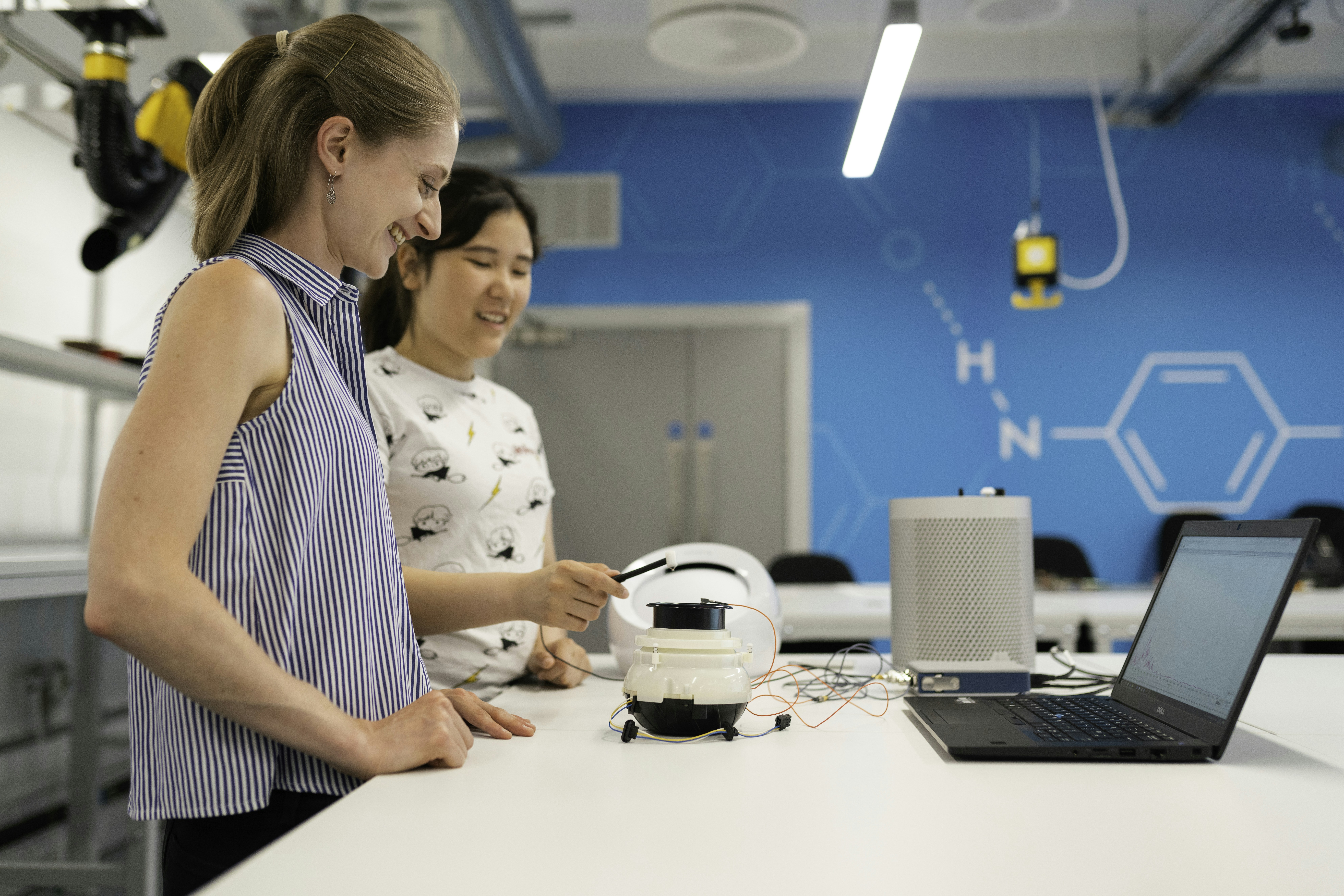The Invisible Army
How Microscale Immune Studies Are Revolutionizing Medicine
Navigation
Imagine a battlefield where 20 trillion soldiers fight invisible invaders daily—this is your immune system. For decades, scientists struggled to observe these microscopic wars in real time. But a revolution is unfolding inside labs smaller than a postage stamp, where researchers manipulate single cells with nanoscale precision. Welcome to the frontier of microscale immune studies.
Decoding Immunity at Single-Cell Resolution
Why Microscale Matters
The immune system operates at a cellular scale where minute differences determine life or death. Traditional methods average responses across millions of cells, obscuring critical variations. Microscale immune studies overcome this by:
Precision Control
Isolating and stimulating individual cells to map their unique behaviors 1
Spatiotemporal Dynamics
Capturing immune synapses—transient cellular interactions lasting seconds—through continuous microfluidic monitoring 6
Minimal Sample Requirements
Enabling analysis from tiny clinical samples (e.g., neonatal blood or rare tumor biopsies) 1
Core Technologies Driving the Revolution
Inside a Landmark Experiment: Modeling Tumor Resistance on a Chip
The MIRO Platform: A Tumor Microenvironment in Miniature
In 2025, researchers unveiled MIRO (Micro Immune Response On-chip)—a breakthrough device replicating the tumor-stroma interface where cancers evade immunity 6 . This experiment revealed why immunotherapies fail and how to fix them.
Methodology: Step by Step
-
Chip FabricationA PDMS (silicone polymer) cylinder etched with 30 radial microchannels (200 μm wide) is bonded to a glass surface 6
-
Stroma ModelingHuman breast cancer-associated fibroblasts (CAFs) are injected, forming a living layer that secretes collagen and fibronectin 6
-
Tumor IntroductionHER2+ breast cancer spheroids are placed at channel entrances, self-organizing into a "tumor edge" 6
-
Immune DeploymentFluorescent-labeled NK cells enter outer ports, migrating through channels toward tumors
-
Intervention TestingIL-2 immunotherapy is pulsed into the system while laser ablation quantifies stromal barrier stiffness 6
| Zone | NK Cell Density (cells/mm²) | Stromal Barrier Thickness (μm) |
|---|---|---|
| Tumor Core (IN) | 8.2 ± 1.5 | 120 ± 33 |
| Tumor Edge (EDGE) | 42.7 ± 6.8 | 24 ± 5 |
| Peripheral (OUT) | 112.3 ± 9.4 | <5 |
Results That Changed the Game
- Stromal Barriers reduced immune infiltration by 92%, explaining therapy resistance
- IL-2 Treatment increased NK cell velocity by 300%, enabling penetration into previously inaccessible tumor cores
- Laser Ablation confirmed stroma was 7x stiffer at tumor edges, acting as a physical shield 6
| Parameter | Pre-IL-2 | Post-IL-2 | Change |
|---|---|---|---|
| NK Cell Velocity (μm/min) | 0.8 ± 0.2 | 3.2 ± 0.5 | +300% |
| Tumor Cell Killing (%) | 15.4 ± 3.1 | 67.3 ± 5.9 | +337% |
| Stromal Permeability | Low | Moderate | Barrier Overcome |
Trailblazing Technologies: Recent Advances
1. The MICA Platform (Sandia National Labs)
This integrated system merges flow cytometry, imaging, and single-cell dosing. Key innovations:
- Automated Cell Sorting: Isolates rare immune subtypes (e.g., tumor-specific T-cells) at 1,000 cells/sec 1
- Multiplexed Signaling Analysis: Quantifies 12+ phosphorylation events in single macrophages 1
- Clinical Impact: Identified immune signatures predicting sepsis outcomes 48 hours earlier than standard tests
2. EchoBack CAR T-Cells (USC Viterbi)
These ultrasound-activated "smart cells" overcome limitations of conventional immunotherapy:
3. Bacterial Microrobots (Santa Clara University)
Inspired by E. coli's flagellar propulsion, these cm-scale robobacteria:
- Swim through viscous fluids (e.g., blood) using helical tails
- Optimized via computational fluid dynamics for future drug-delivery applications
The Scientist's Toolkit: Essential Research Reagents
| Reagent/Device | Function | Key Feature |
|---|---|---|
| Radial Microfluidic Chips | Replicate tissue interfaces | Self-organizing cancer/stroma boundaries |
| Engineered CAFs (GFP-tagged) | Model human tumor stroma | Real-time ECM deposition tracking |
| Recombinant IL-2 Variants | Enhance immune cell motility | Temperature-stable formulations |
| Isothermal RPA Reagents | Amplify DNA in immune cells | Low-temp (37°C) processing, ideal for chips |
| Ultrasensitive Cytokine Biosensors | Detect picomolar signaling molecules | Integrated into microchannels |
Future Frontiers: Where the Field Is Headed
1. Organ-on-E-Chip Networks
Multi-organ platforms connecting "immune chips" to simulate whole-body responses. Early models track neutrophils migrating from bone marrow analogs to infection sites.
2. Dark Matter Immune Exploration
Using NIH BRAIN Initiative-derived enhancer AAV vectors to target elusive immune cells:
- Rare microglia subsets in spinal fluid
- Tumor-associated dendritic cells 7
3. Space Immunology
NASA's biofilm-resistant coatings and mouse epigenetics studies aim to protect astronauts' immunity during Mars missions 2 .
The Microscopic Vanguard
Microscale immune studies transform medicine from reactive to predictive. As Professor On Shun Pak (Santa Clara University) notes, these tools embody a mission: "Engineering with purpose to serve humanity" . With platforms like MIRO and EchoBack CAR-T already heading toward clinical trials, the era of "cellular telemetry"—real-time immune monitoring—is no longer science fiction. Invisible armies deserve visible victories, and in labs smaller than a fingernail, we're learning how to win them.
For further exploration: Access MIRO platform schematics via Nature Communications 16:1279 (2025) and Sandia's MICA protocols at ip.sandia.gov.


